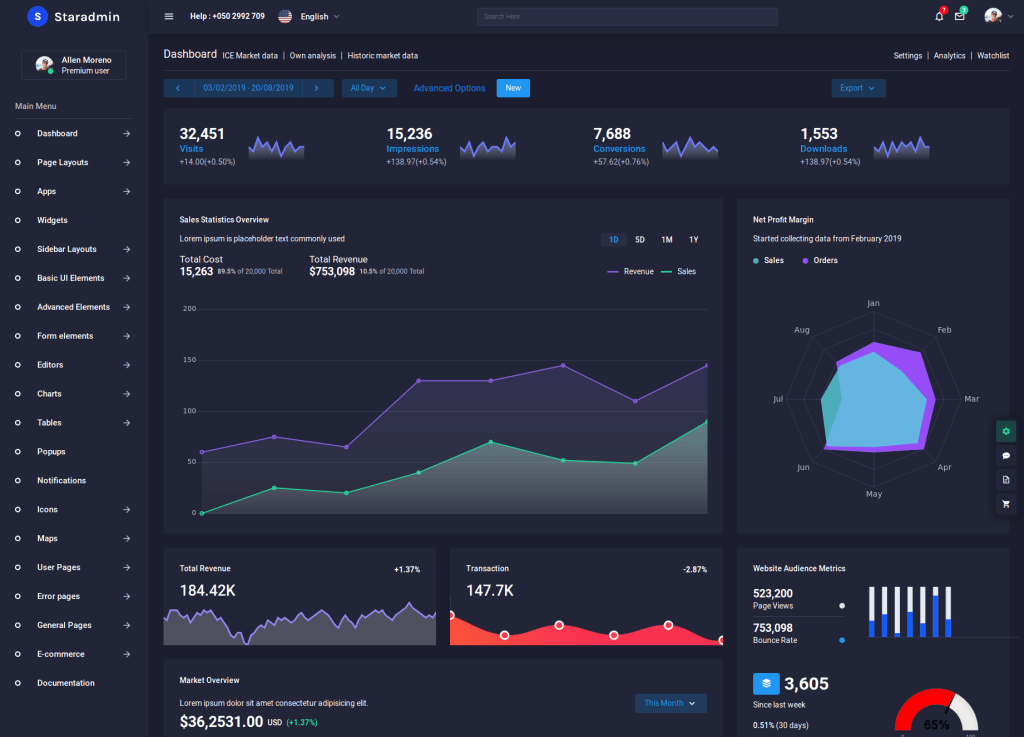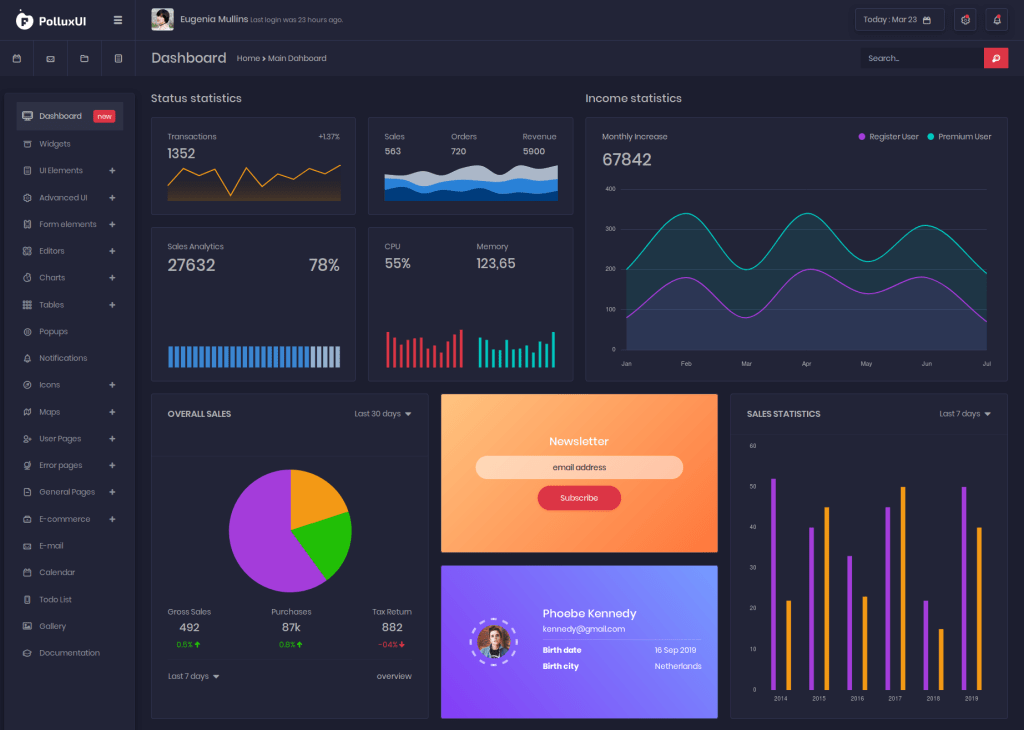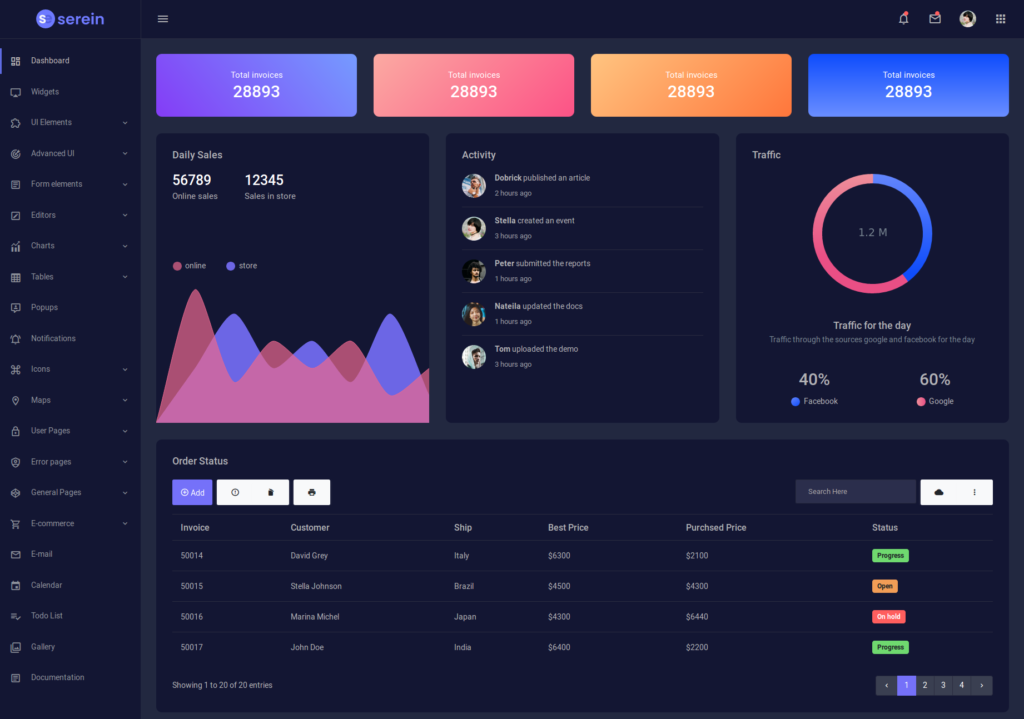


[*images maybe holding images until release date]
We are specialists in the practical application of Artificial Intelligence including Anomaly Detection AI, Machine Learning, Deep Learning and Data Science Software
After an AI system has learnt what is normal or desired from past or taught data, it can quickly spot anomalies and undesirables in real time.
The power of anomaly detection
Being able to automatically spot undesirable or unwanted situations based on past knowledge and experience of normal state is a powerful tool in all aspects of business and industry.
By learning from past procedures, operating states and occurrences, including positive events, negative events, and all the in-between variable and unpredictable events that happen during normal run time; anomaly detection is more informed, impactful, accurate, and more likely to result in a beneficial outcome: e.g. financial gain/ prevention of financial loss, increased efficiency, lower risk, improved processes, spotting staff and customer unwanted/harmful behaviour, better customer journey mapping and experience, or greater consumer satisfaction through a tailored service.
Importantly, faster, accurate anomaly detection potentially saves time, cost and other resources in the future.
The more past data, experience, knowledge, events and processes to learn from the more accurate and informed the anomaly detection process will be.
AI makes automatic anomaly detection possible
Learning from past states of play, gained-knowledge and experiences in order to decide whether an anomaly has come to light might sound straightforward - it is of course exactly what a human brain does - but making this process automatic and asking a machine to do this is extremely complex and demanding, mainly due to the large amount of variability involved.
If a traditional software programming approach was used, the computer would continually be asking "if this, then do that; if x and y, do z". This stepwise methodology is limited, restrictive and resource-heavy as the program will only do what it has explicitly been told to look for by the programmer; making it next to impossible to account for all possibilities and variations, even in the simplest of detection systems and processes. You certainly couldn't use this approach for complex and diverse operations on the large scale.
With AI and Machine Learning technology it is now possible to learn from near infinite amounts of variable, constantly changing data in order to spot anomalies rapidly and automatically.
ELDR Anomaly is a powerful Deep Learning package that can help spot anomalies based on a highly variable past and complex normal state of play it has learnt from
ELDR Anomaly is a variant of Fennaio's core AI predictive analytics software - ELDR Predictor. Using our powerful ELDR AI Engine, which is a Deep Learning Artificial Neural Network, ELDR Anomaly uses Supervised learning to make and link complex relationships from state of play data (of any size or complexity) passed to it.
When ELDR has learnt (trained) from the data, it is then primed to receive current-status data from which to check for anomalies.
A simple example using ELDR Anomaly
Consider you are a Cyber Security Manager and for the last year you have been monitoring and recording internet traffic to your employer's server. Despite the monitoring, you had several hacking attempts which you only spotted a week later when you looked at the data.
With ELDR Anomaly, you simply pass your normal internet traffic data set in (with a large and unlimited fields e.g. time of day, location, country), and using labelled/supervised learning, ELDR will make all the links between all data sets, accounting for wide variation. You can then probe ELDR in real time with current internet traffic status to see if the particular state is considered normal.
ELDR Anomaly is highly dynamic, autonomous, configurable, graphical and easily integrated
Dynamic
ELDR Anomaly can handle and learn from multiple sources, sizes and complexities of data for numerous prediction requirements simultaneously. Data can be changed at any time and it can continually learn.
Autonomous
By default ELDR is plug and play - you can simply give it appropriately formatted data and it will automatically learn from it, including self optimisation and self scaling.
Configurable
In many cases you may be happy with plug and play, however almost everything in ELDR is configurable; from which data fields to use as inputs and outputs, to colours, displays, output format, learning modes, learning accuracy, all the way through to Artificial Neural Network dynamics and dimensions.
Graphical
ELDR Anomaly uses a rich intuitive GUI Dashboard from which to manage the whole AI process (data preparation, learning, outputting and testing), including a comprehensive suite of gamified charts and other visual displays to monitor everything.
Easily Integrated
AI Integration is our speciality. We understand that AI can be used in a variety of ways and in numerous system-types and processes. We build our software to be entirely modular and there are multiple integration methods and points ranging from network-based RESTFulAPI integration to direct coupling at the code level, depending on the response time required, amongst other considerations.
Key points about our Anomaly Detection AI software
- Can help spot anomalies in any process automatically
- Can handle numerous data streams and outputs simultaneously
- Uses our powerful ELDR AI Deep Learning Artificial Neural Network Engine
- Dynamic
- Autonomous
- Configurable
- Graphical
- Easily Integrated